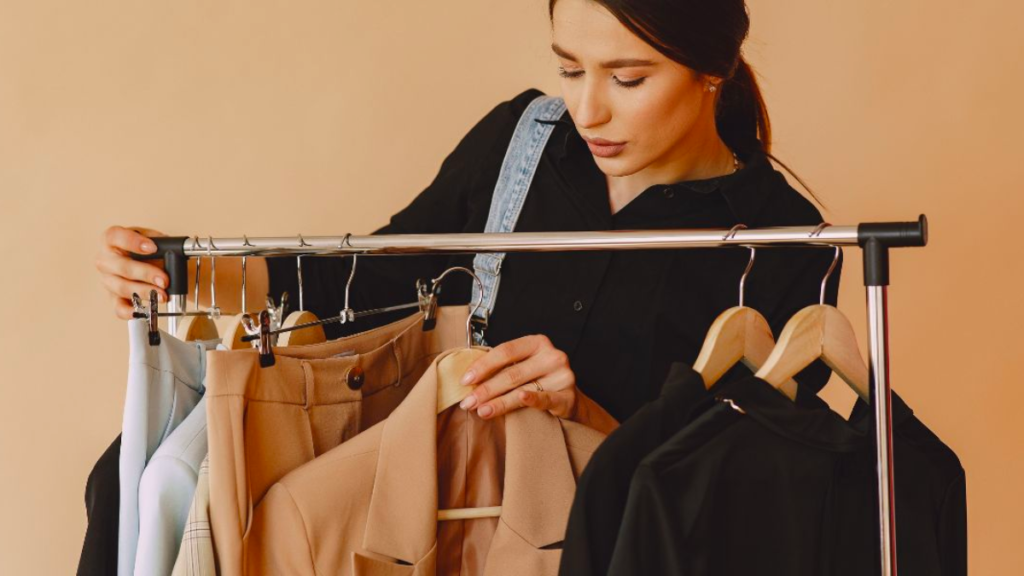What is all the hoopla about?
Sustainable, cruelty-free, vegan, etc. are now buzzwords in almost every brand’s portfolio, and for good reason. Sustainability is far from a ‘trend’ though- it is a lifestyle choice, and sustainable fashion is a slow-burn, long-term process.
First things first- sustainability is varied and multi-faceted. It goes from the good old pickle bottles every South Asian mother saves to store into something later, instead of using plastic- or reusing plastic bags repeatedly instead of discarding them.
Sustainable fashion, however, is where it gets complicated. Vanity spares no one, and nothing feels as good as an impulse purchase at the end of a long, rewardless day.
Sustainability in fashion cannot be achieved overnight. The perils to achieving a truly sustainable wardrobe are primarily monetary restraints, but other than that can be deduced from the fact that there is much misguidance in the form of greenwashing. (remember when H&M was heavily criticized for calling itself sustainable?).

A problem to ponder upon in this entire scenario, however, is that most people, especially women, (and especially those women who are either plus-sized or dangling between ‘plus-sized’ and ‘skinny’) find it extremely difficult to find clothes that flatter them anyway. The added ‘burden’ of sustainability does not help, because most fast fashion brands now do accommodate a large variety of sizes. This gets more complicated if said person’s body weight fluctuates on a regular basis.
You can do it too here’s how:
1. Look inside your wardrobe.
Buying your way into a sustainable wardrobe is a rookie mistake, a huge irony, and also taking two steps back in your sustainable journey. Start inspecting and trying the clothes that have disappeared deep into your Bermuda triangle-resembling closet, and prepare to be surprised. Many items of clothing mindlessly bought years ago might actually fit you or even be back into Vogue. Give away (read: do not discard) the items you do not see yourself wearing, ever, to a friend or a homeless shelter. Enjoy your freed up closet space and the goodwill!
2. Build a capsule wardrobe.
The much-quoted statistic is that most women wear 20 – 30% of their wardrobes. These 20-30 are essentially the styles and materials that you prefer, and they’re a good start to building that capsule wardrobe. It is better to invest in two high-quality, custom-made pantsuits, that are made from organic cotton or linen than to yet again splurge at a Zara sale with clothes that might just disappear at the back of your closet. Also look into pieces of clothing that can be worn across the seasons of the year, as per the country you reside in.
3. Say NO to Polyester.
A fast fashion favorite and an oil-based plastic, polyester does not biodegrade like natural fibers. It releases harmful chemicals while being treated, and can take about 200 years to break down in a landfill. It does have that plus point of lasting longer than other clothes- however with the poor quality used by fast fashion manufacturers even that gets lost out on.
4. Get a color analysis.
This might be an expensive option, but you will thank your stars. A color analysis potentially saves you from the rude shock you get when you try something that looks great on the mannequin, or on that influencer but is far from picture-perfect on you. Being able to differentiate whether warmer or cooler tones of color suit your skin tone goes a long way in eliminating many impulsive, bad shopping decisions.
5. Wearability test.
While purchasing an item of clothing, consider if you can style said item in at least three different ways- or wear it for 3 different occasions. If you cannot- you probably shouldn’t purchase it either. Added bonus: this saves you more money than those seasonal sales!
The above guidelines will hopefully help any average Joe to leave a smaller fast-fashion footprint than they did in the years prior to that, and as a side also help in elevating their style game.




































